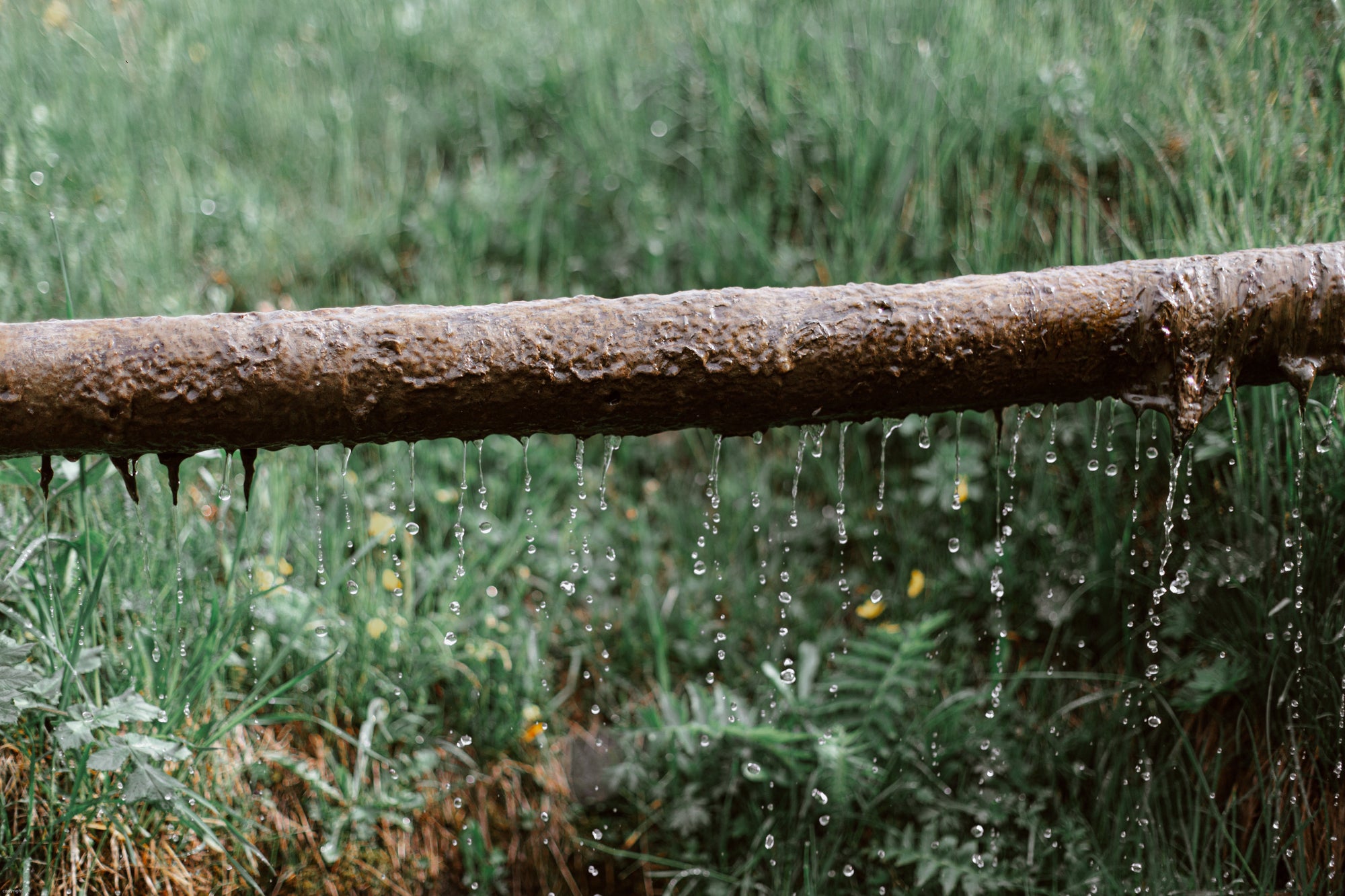You’ve probably said or heard statements to that effect since lead contamination of the city’s water supply sparked a state of emergency in Flint last year. The event thrusted lead-poisoning into the global spotlight, and almost $400 million in state & federal funding has been approved in 2016 to address the issue in Flint and surrounding counties.
However new reports by Reuters and USA Today paint a much more frightening picture of lead exposure affecting children all over the country. These are fantastic reports detailing the widespread occurrence of lead poisoning, its effects, and the lack of funding available to fix the problem. I’ll touch on the highlights, but you can view the reports for yourself at the links below:
Reuters: The thousands of U.S. locales where lead poisoning is worse than in Flint
USA Today: 4 million Americans could be drinking toxic water and would never know
- Reuters found almost 3,000 communities across the country in their investigation, where the lead poisoning rates in children were at least double those in Flint during the peak of the city’s crisis. Over 1,100 of those areas had at least 4x the rate of elevated blood-lead levels in children, compared to Flint.
- The investigation only included 21 states (about 61% of the U.S. population), as some state health departments didn’t possess the data, respond to requests, or refused to share data.
- Regulation and enforcement are huge issues. USA Today found that about 4 million Americans are supplied with water from small utilities operators who skipped required tests or failed to conduct tests properly.
- Homes built before 1980 are likely to contain lead plumbing. Over half the country’s housing units were built before 1980, according to the Census Bureau (about 75 million homes).
- According to the CDC, children are exposed to high levels of lead in at least 4 million U.S. households
- The Institute for Health Metrics and Evaluation estimated that long-term effects of lead exposure accounted for 853,000 deaths worldwide in 2013.
Lead poisoning causes blood disorders and damage to the brain, kidney and bones, as well as a frighteningly long list of other serious medical conditions you can view here: Agency for Toxic Substances & Disease Registry – What Are the Physiologic Effects of Lead Exposure?
Lead is particularly harmful to young children, causing irreversible brain damage, lowered IQ and developmental disorders. The American Academy of Pediatrics concluded in a recent report that 1-in-5 cases of ADHD may be linked to lead-poisoning.
There is no known level of lead exposure that is considered to be safe.
Exclusive: CDC considers lowering the threshold level for lead exposure
We can’t pretend to be experts on lead in the walls, or how to fix crumbling infrastructure, but at Vitev, We Know Water. The Vitev Flo+ and Vitev Maxx both consistently filter out over 99% of lead from tap water.
You can click the names of the filter systems above to learn more about each product. They provide the cleanest, healthiest drinking water available on the market.
Ask a Vitev hydration expert today how you can protect your family from lead in your tap water. Call us at 1-855-456-9220 for a Free consultation.



